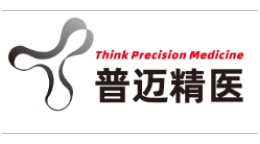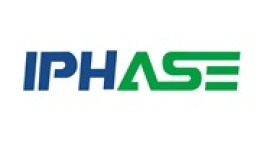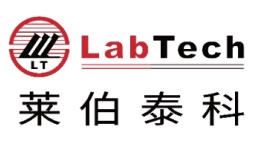方案详情文
智能文字提取功能测试中
Author: Franklin E. Leach //I, University of Georgia, Athens, GA Automated MALDI Magnetic Resonance MassSpectrometry (MRMS) for biomarker identificationin large clinical sample sets The selection of a MALDI MS approach in conjunction with the high mass accuracy andresolving power of the MRMS platform has enabled increased sample throughput andthe direct interrogation of complex clinical biofluids such as serum and urine withoutthe need for any advanced sample preparation or purification after collection Keywords:Metabolomics,Clinical,MALDI, MRMS In conjunction with advanced auto-mated acquisition strategies, datahas been acquired in a fraction ofthe time previously required tofacilitate high quality data with thehigh sample throughput requiredfor large clinical sample sets. Introduction Mass spectrometry has increa-singly been applied in the clinical setting due to the high and specificinformation content provided toresearchers that enables a positiveeffect on patient outcomes. Thefoundationoft tthisISapplicationis the high sensitivity, mass resol-ving power, and mass accuracyin combination with the multiplexdetection advantage of MRMSwhen compared to other analyticalapproaches. A major drawbackthough is the additional sample preparation required for biofluidspriortoLC-MSordirectioninfusion ESI-MS. An alternative tothis approach that eliminates themajority of sample preparationIs; MALDI-MS. Beyond mixingwith a suitable ionization matrix,small amounts of sample (~1 pL)can be analyzed with no priorpreparation or purification afterclinical collection and in a highthroughput fashion via MALDI automation. A single spectrum cantypically be collected per samplespot in less than a minute resultingin the ability to measure an entire384 spot plate in several hours. Post-acquisition, MetaboScape 3.0 enablesthe analysis of complete sample setsfor compound identification based onisotopic fine structure (ISF) and librarysearches in addition to multivariatestatistical analysis. Sample Preparation Serum and urine were collected forclinical patients and stored at-80°C.After thawing at 4°C, samples weremixed 1:1 with DHB matrix and 1 pLspotted onto a 384 sample Anchor-Chip target. No additional preparatorysteps ere required before misspectrometry analysis. Mass spectrometry analysis Urine: andserumsamplesswereanalyzed on a Bruker MRMS systemat either 9.4 T or 12 T using MALDIautomation for increased throughput.For urine samples,a 4 M transient(1 s) with a low detection m/z of75 was acquired.12 scans weresummed for each sample leading toan average of~ 40 seconds to analyze each spot (includinginstrumentoverhead time). In selected cases (sp.serum), detection at twice the cyclo-tron frequency (2w) and absorptionmode processing were employed toincrease the mass resolving power. Data Analysis Analysis was performed in BrukerDataAnalysis 5.0 for individual spectraand MetaboScape 3.0 for multivariateanalysis of large sample sets. Results To date NMR data has been col-lected for over 300 clinical samples.Preliminary metabolic profiles havebeen established to determinerelative differencessin lipid, aminoacid, and glucoselevels. Inourpreliminary MS data, samples fromthreeepatient sub-groups havebeen examined in positive ion modeby MALDI-MRMS. Each acquisitionrequiredlessthanminute aandresultedin complexxspectra.l.Forexample in serum, we have been ableto identify molecular compositionsthat correspond to over100 lipidspecies with a mass error less than250 ppb shown in Figure 1 (A). Dueto the ionization mechanism during MALDI, most analytes are observedas singly charged species. AlthoughMALDI reduces the spectral densityof peaks when compared to ESl,these samples still benefit from thehigh resolving power due to thestructural similarity oflipids.Thisintrinsic quality poses a limitation onthe number of unique assignmentswhenadlmassspectrometer withinsufficient massssresolving poweris employeddueto tthe over-lapping nature of isotopic envelopesin lipids where a difference of 2H canarise due to bond saturation. Seenin Figure 1 (B), a mass resolvingpower of approximately325,000is required to resolve the A+2 peakof apreceding phosphocholine/phosphoethanlolamine (PC/PE) lipidspecies from the A or monoisotopicpeak of the following PC/PE withone less double bond. Without themass resolution provided by MRMS,the presence of two species couldnot be confirmed with a high level ofcertainty. In addition to serum, urine from thesame sample pool have been ana-lyzed by automated MALDI-MRMS.Due to the increased salt content,additional sample preparation and/orchromatographic methods are required Figure 1: 129 molecular compositions assigned for lipid species (*). Detected as either [M+H]t or [M+Nalt with mass error <250 ppb. Molecularcomposition at m/z 203.05261 detected as [M+Na]t and assigned as C H,,O Na (49 ppb). BB Zoom of m/z 780-790 to indicate importance of resolvingpower to detect and assign lipid series that overlap due to variations in saturation (mass increases of 2H) resolving power ~325,000 required to make thesplit indicated in the inset. Figure 2: The bucket at m/z 203.05261 was detected as [M+Nalt and assigned as D-Glucose (49 ppb). Bucket statistics for this metabolite shows that highintensities of D-Glucose can only be detected in samples of diabetic patients. prior to MS analysis. MALDI is moretolerant of the salt and presentsa straightforward path for sampleionization. The MALDI automationapproach has resulted in the abilityto directly measure the chemicalcomplexity o5ffover 300 clinicalurine samples plus internal/externalcontrols and blanks (480 total spots)in less than 6 hours. For comparison,anLC-MS approach would haverequiredcapproximately 120hours based on 15 minute gradients aloneand not including equilibration orwashes. A typical spectrum is shownin Figure 2 and demonstrates themolecular complexity of this biofluid.Shown in the Figure 3 inset is a0.10 Th wide excerpt of the spectrumillustrating the need for the increasedmass resolving power afforded byMRMS in this experimental approach. Detailed analysis Of this largesample set was performed withinMetaboScape 3.0. Automatic assign-ment of elemental compositions andanalyte identifications was performed for detected features using accuratemass and isotopic pattern informa-tion using a novel algorithm for massrecalibration, feature extraction, andde-isotoping. The generated BucketTable was automatically annotated byassigning analyte names based on alist of known urine metabolites ob-tained from the Human MetabalomeDatabase (http://www.hmdb.ca).Additionall(databases can also beimported for further assignments. Akey feature of the analysis is the identi-fication of patients with elevated urineglucose levels shown in Figure 3. ConclusionAutomated MALDI MRMSprovides the opportunityto obtain complementaryinformation that supportNMR findings on largeclinical sample sets withminimal sample prep.MetaboScape 3.0 enabledprocessing of MALDI-MRMS data facilitating thishigher throughput profilingworkflow. Learn More You are looking for further Information?Check out the link or scan the QR code. www.bruker.com/isotopic-fine-structure-webinar For research use only. Not for use in diagnostic procedures. Bruker Daltonik GmbHBruker Daltonics Inc.Bremen · GermanyBillerica,MA· USAPhone +49 (0)421-2205-0Phone +1 (978)663-3660 ms.sales.bdal@bruker.com-www.bruker.com 在临床体液样本如血清和尿液分析中,磁共振质谱MRMS的高质量精度和超高分辨率结合MALD离子化可以提高样本分析速度和对数据直接评价,而无需繁琐的样本制备或纯化。自动MALDI MRMS 通过最简单的样品制备和批量数据采集及处理方法,满足了临床分析大样本量高通量的要求,提供了大样本组的补充信息支持NMR的结果。
关闭-
1/4

-
2/4

还剩2页未读,是否继续阅读?
继续免费阅读全文产品配置单
布鲁克·道尔顿(Bruker Daltonics)为您提供《血清和尿液中质谱检测方案(液质联用仪)》,该方案主要用于全血/血清/血浆中质谱检测,参考标准《暂无》,《血清和尿液中质谱检测方案(液质联用仪)》用到的仪器有布鲁克scimaX™磁共振质谱仪。
我要纠错
推荐专场
相关方案


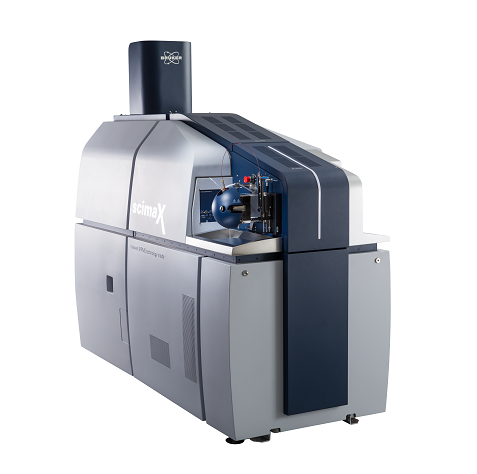
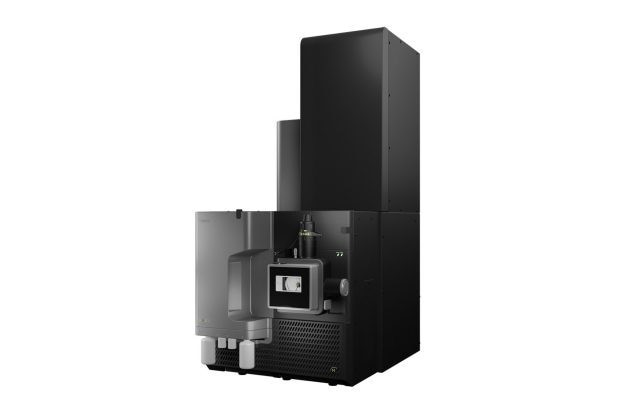
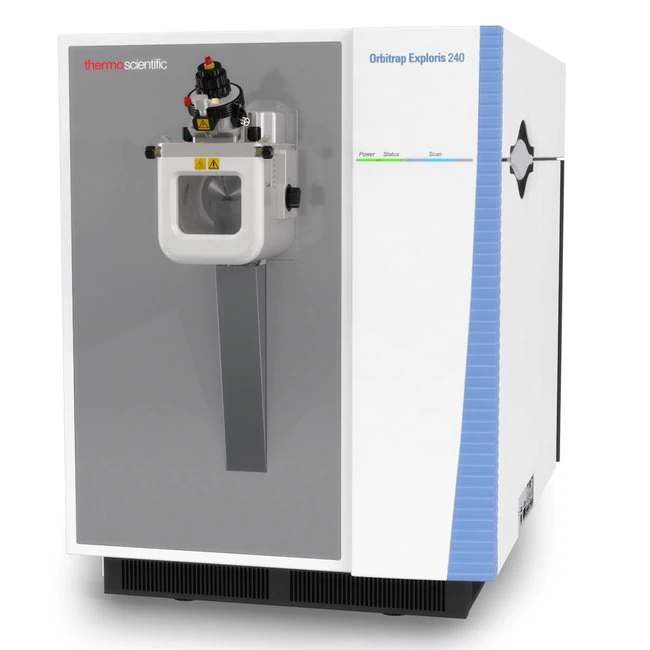

 咨询
咨询


